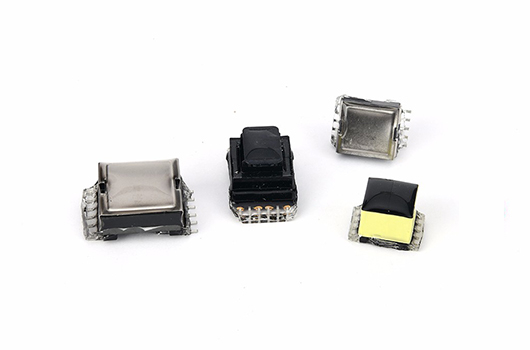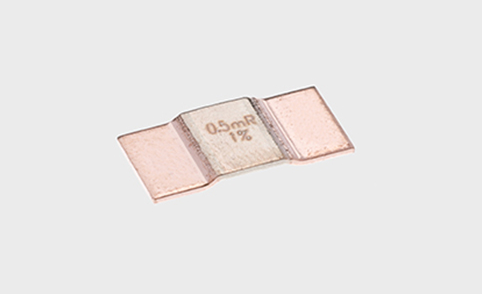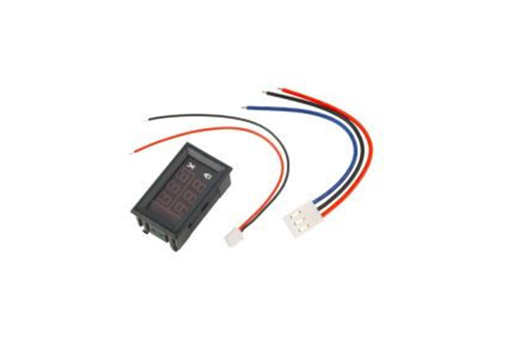
Shunt resistors play a crucial role in current sensing and measurement applications across various industries. With the continuous advancement of technology, there have been significant developments in shunt resistor technology. In this blog post, we will explore the emerging trends and advancements in shunt resistor technology, which are revolutionizing current sensing capabilities and improving overall system performance.
1. Miniaturization and Integration:
One of the prominent trends in shunt resistor technology is miniaturization and integration. As electronic devices become smaller and more compact, the demand for miniature shunt resistors is increasing. Manufacturers are developing shunt resistors with reduced footprint and dimensions to meet the requirements of space-constrained applications. Additionally, there is a growing trend towards integrating shunt resistors with other components, such as amplifiers and voltage references, to simplify circuit designs and enhance performance.
2. High Precision and Accuracy:
With advancements in manufacturing techniques and materials, shunt resistors are now capable of achieving higher precision and accuracy in current measurements. Tighter tolerance levels and lower temperature coefficients of resistance enable more precise current sensing, minimizing errors and improving overall system performance. This trend is particularly significant in industries such as automotive, aerospace, and medical, where precise current measurements are critical for safety and reliability.
3. Improved Power Handling and Efficiency:
Shunt resistor technology is also evolving to handle higher power levels while maintaining efficiency. The demand for higher power density and increased energy efficiency in modern electronic systems has driven the development of shunt resistors with higher power ratings. These resistors are designed to handle elevated currents without significant power losses, contributing to improved system efficiency and reduced energy consumption.
4. Enhanced Thermal Management:
Thermal management is a crucial aspect of shunt resistor technology, as high temperatures can affect accuracy and reliability. Advanced thermal design techniques, such as heat sinks and thermal vias, are being employed to dissipate heat effectively and maintain optimal operating conditions. Moreover, the use of materials with high thermal conductivity, like ceramic substrates, enables better heat dissipation, thereby reducing the impact of temperature on resistance values and overall measurement accuracy.
5. Integration of Smart Features:
Another exciting trend in shunt resistor technology is the integration of smart features. Shunt resistors are now equipped with built-in temperature sensors, digital interfaces, and calibration capabilities, allowing for real-time monitoring, remote sensing, and automatic adjustment of resistance values. These smart features enhance measurement accuracy, simplify system calibration, and enable condition monitoring and predictive maintenance.
Conclusion:
The emerging trends and advancements in shunt resistor technology are reshaping current sensing capabilities and driving improvements in various industries. With miniaturization, high precision, improved power handling and efficiency, enhanced thermal management, and integration of smart features, shunt resistors are becoming more versatile, reliable, and efficient. As technology continues to advance, we can expect further innovations in shunt resistor technology, enabling more accurate current measurements, improved system performance, and greater integration with emerging technologies like the Internet of Things (IoT) and artificial intelligence (AI).
-

Applications of 1206 SMD Resi
Applications of 1206 SMD ResistorsIntroduction:I have extensively studied the ap...
2023-07-27 view+ -

Fixed resistors
Fixed resistors, as the name suggests, are electronic components that have a fix...
2023-06-23 view+ -

Temperature Compensation and S
Temperature Compensation and Stability of SMD Shunts: Exploring the Performance ...
2023-11-30 view+ -

Correct Procedure for Using an
Correct Procedure for Using an Amp Meter Shunt1. Familiarize Yourself with the E...
2023-07-12 view+


